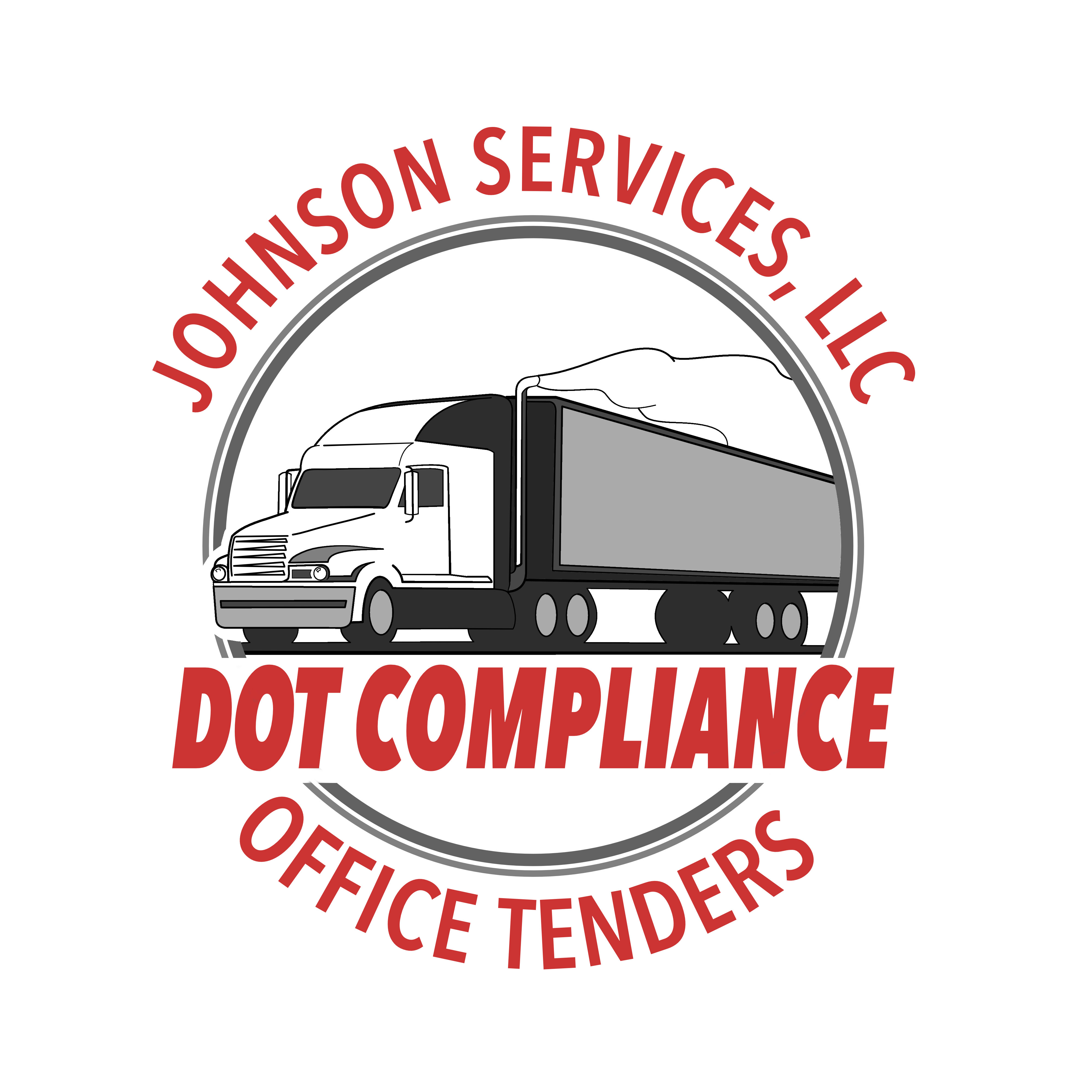In 2013, 1,240 random CMV roadside inspections resulted in violations for use or possession of controlled substances. 2,095 inspections ended in a CMV driver being placed on immediate out-of-service for alcohol consumption.
Trucking companies know that they must partake in DOT random drug and alcohol testing, but have you ever considered how this protects your fleet? Random stop results like those above are not only costly for a driver, but for the whole company as loads are delayed and safety fines may be imposed. Random testing helps to alert you to potential drug and alcohol problems amongst your CMV drivers, ideally reducing the chances of such out-or-services or violations. But what if the employee doesn’t pass the tests satisfactorily?
To best protect your trucking company AND your CMV drivers, it’s important to understand all of the details regarding the DOT required random drug and alcohol testing, including who needs to be tested, what is considered a failure, and what needs to be done in the case of unsatisfactory results.
Who is Subject to Mandatory DOT Drug & Alochol Testing?
Mandatory testing applies to all employees of a trucking company that perform ‘safety-sensitive’ duties. That means that, even if an employee doesn’t typically drive a CMV, but there is a chance that they may be required to on occasion, that employee must be included. According to FMSCR, the following also applies:
- Those who drive a vehicle and trailer with a combined weight over 26,000 pounds.
- Those who drive a vehicle over 26,000 pounds.
- Bus or limo drivers that drive a vehicle with space for 16 passengers.
- Any driver responsible for hauling hazardous materials, no matter the weight.
What are the Requirements After a Drug/Alcohol Test Failure?
The quick answer to this question is the CMV driver should be instantly removed from the safety sensitive position. This applies in the event that a driver refuses a test, as well, as that is considered a failure. However, different situations demand different actions. If a driver blows less than a .02 on an alcohol breath test, the FMCSA doesn’t require any action. If the results are between .02 and .039 blood alcohol level, the trucking company is required to prevent the driver from returning to regular job requirements for 24 hours. Anything over .04 is a full removal from the safety-sensitive position, as is a positive result on a drug test.
After being removed from a position because of DOT random drug or alcohol test failure, there are several steps that must occur before the driver can return to operating a CMV. They must be evaluated by a Substance Abuse Professional, and complete any treatments prescribed, including regular counseling. Then the driver must test negative on a return-to-duty test. Finally, the driver must submit to a several more random tests in the first year of returning to a safety-sensitive position.
Office Tenders Simplifies DOT Random Drug & Alochol Testing
With DOT paperwork services from Office Tenders Inc., your trucking company’s drug and alcohol testing is made easier and less confusing. We not only help you develop the random testing policy and supply you with the necessary training materials, but will remind you about testing requirements and any changes in FMCSRs.
By entering CMV drivers in our random testing pool, you don’t have to worry about selecting drivers or making scientifically provable random selections. We handle all of the details for the each driver, and you just have to worry about driver notification. Have questions about Office Tenders DOT random drug and alcohol testing services or any of our other paperwork offerings? We’d be happy to chat – just give us a call at 1-800-954-3414 or contact us online!

